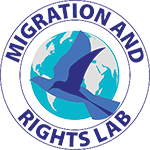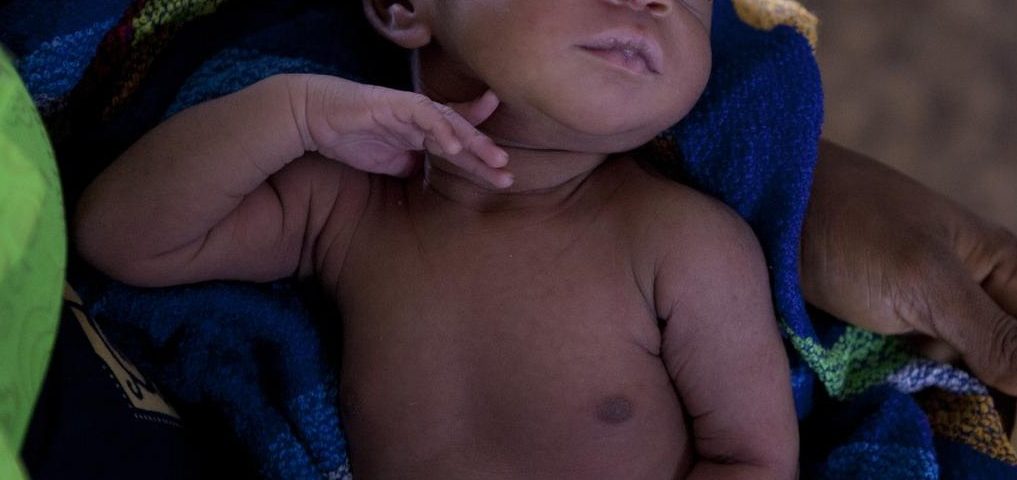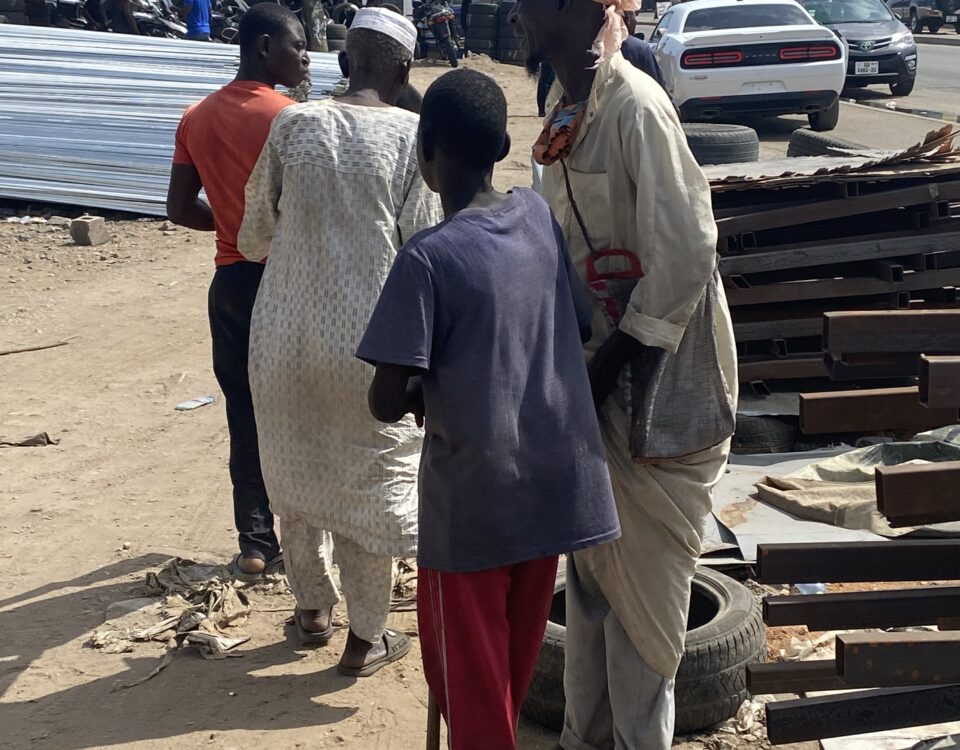Baby Harvesting and Trafficking in Health Care in Ghana.

PROTECTING PEOPLE IN A PANDEMIC.
May 15, 2020
Kayayei: A Consequence of Inadequate Family Support and Government Policy Failure
April 9, 2021Human trafficking persist and continues to rise despite global and national government interventions since the United Nations Protocol to Prevent, Suppress, and Punish Trafficking in Persons also known as the Palermo Protocol (2000) was adopted. This protocol provided a coherent global legal definition of the activity. Human trafficking usually involves three main elements: Act –involves recruitment, transfer of victims; Means – the use of threat, force, abduction, abuse of vulnerability and Purpose – the exploitation of a victim usually through sexual exploitation and forced labour at the minimum. The current global estimates of victims is 40.3 million with varied severity according to continent, region and country. Human trafficking also manifests itself differently in different sectors of economy or society.
The healthcare system can play a key role in identification and treatment of victims of trafficking. Victims of trafficking experience severe trauma and physical harm and will need an array of services to ensure long-term rehabilitation. At the same time, the health system can be a conduit for child trafficking. Following a BBC undercover operation in 2020, Kenya arrested three hospital staff in a probe into the theft and sale of babies, accusing some public hospitals and care homes of colluding with organised crime. The BBC’S yearlong investigation found out that, young children were snatched from homeless women, while illegal street clinics in informal settlements were buying newborns from poor mothers. Reports of this type of trafficking is prevalent in many African countries with some report suggesting the establishment of baby factories in Nigeria.
Ghana’s health system was recently rocked by a similar scandal of baby harvesting and trafficking. The Economic and Organised Crime Office (EOCO) have arrested six health care workers and their external accomplices following a seven-month (June –November 2020) undercover operation in some health facilities. A baby was allegedly sold for an average of USD$ 5,000. In 2014, a similar scandal rocked the health care system in Kumasi, the second largest city in Ghana. Several babies were reported missing prompting the health minister at the time to demand the bodies of the supposedly stillborn babies that were missing.
Such acts may run deeper than the reported cases that occasionally make the news cycle. There is the need for a transparent way of hospital staff communicating to patients, especially expectant mothers. The procedures and protocols in the maternity ward should be communicated to mothers clearly and in language, they understand to avoid such occurrences. For instance; who should be present during delivery, at what time does the mother see their baby, who takes the decision to dispose of a stillborn baby and who consents. Where such protocols do not exist, steps should be taken to develop them
Identifying perpetrators of trafficking and victims can be extremely difficult. With the right systems, trainings and awareness however, health care administrators and workers can learn to identify perpetrators and victims and to take the appropriate responses by reporting to relevant authorities.


